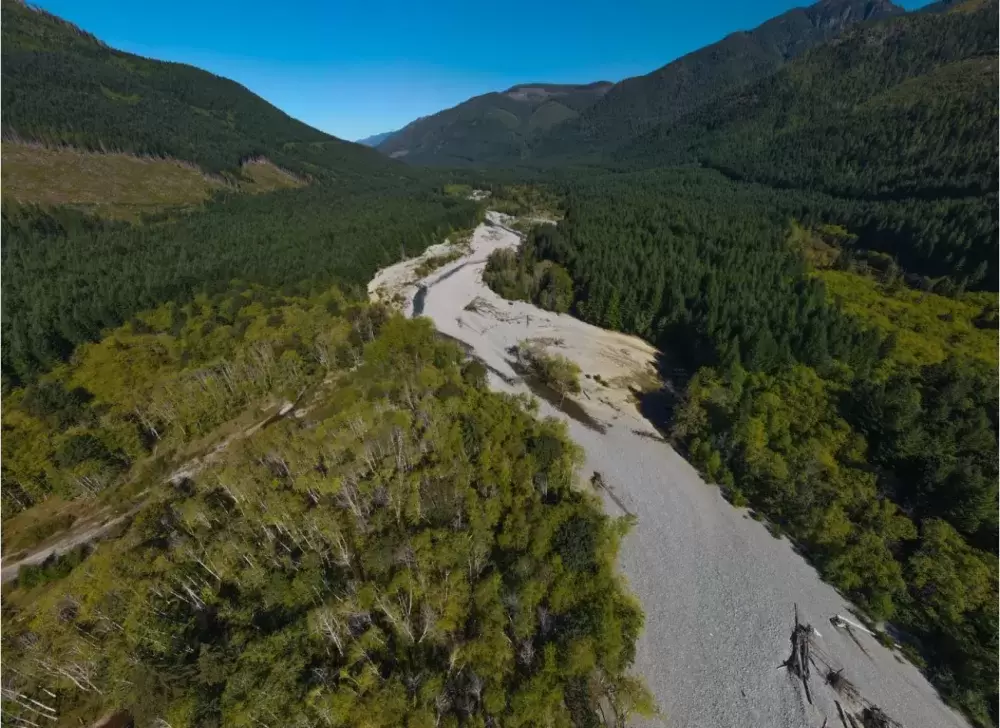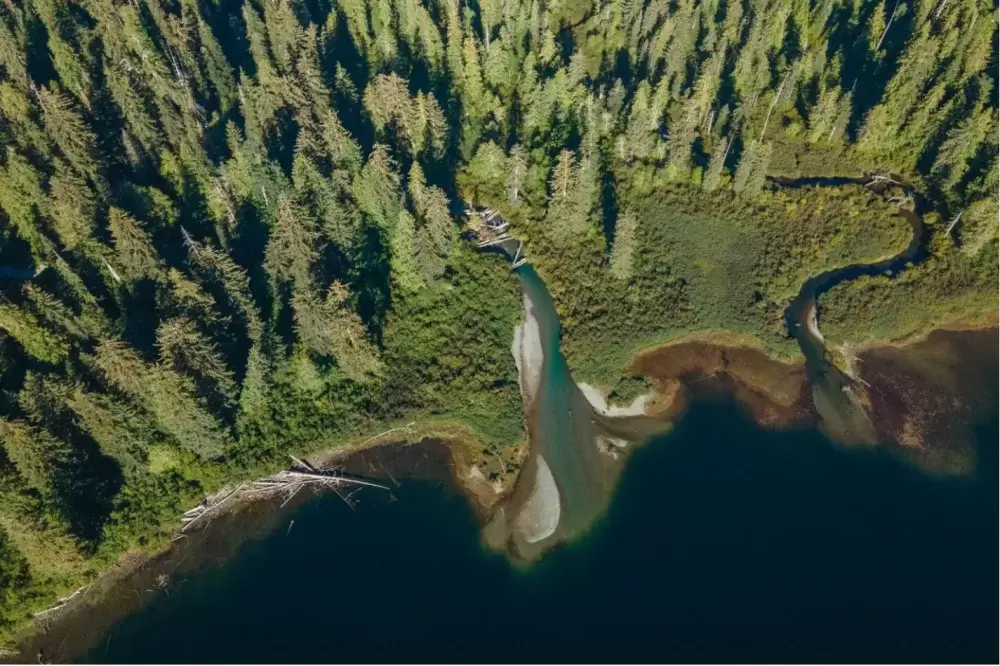In April Fisheries and Oceans Canada announced over $30 million dollars in support for 22 projects under the British Columbia Salmon Restoration and Innovation Fund (BCSRIF).
The investment from the federal and provincial governments is designed to support monitoring, research and planning to better understand what’s impacting wild salmon populations.
Of the 22 projects, 18 will be led by or conducted in partnership with Indigenous organizations and communities, according to the province.
The Nootka Sound Watershed Society received $324,953 to develop an action plan to improve and monitor habitat for steelhead trout and other Pacific salmon species.
Roger Dunlop, Mowachaht/Muchalaht First Nation’s lands, resources and fisheries manager, launched the society in 1998 to protect, restore and enhance Pacific salmon and steelhead trout in Nootka Sound, and the surrounding watersheds.
The funding will be used towards developing a dynamic visualization tool to evaluate habitat impacts, said Dunlop.
Users will be able to click on any stream or watershed within the Geographical Information System (GIS) to identify if riparian zones have been logged, if small tributary streams have been logged, road density ratios, along with stream crossing impacts.
This will allow the society to prioritize restoration work and determine which sites to focus on, said Dunlop.
The GIS mapping system will also provide the society with potential opportunities for underground side-channel work.
“That’s the future,” said Dunlop. “The ocean has heated beyond belief and it’s not going to cool down.”
This impacts steelhead population, which travel west towards Hawaii “right into the hot water in the ocean,” he said.
Historical clear-cut logging practices have exacerbated the issue, Dunlop added.
Old-growth forests have been replaced with younger, faster growing trees that have much higher rates of transpiration, he said.
In the summer, those trees are “sucking up all the creek water and our creeks are drying up,” he added. “It's pretty big legacy of liability.”
Since BCSRIF was launched in 2019, 83 projects have been funded representing a total investment of more than $116 million.
“We have a once-in-a-generation opportunity to protect and rebuild wild Pacific salmon stocks,” federal Fisheries Minister Joyce Murray said in a release. “Our government is committed to making the needed investments in programs that work to help salmon populations grow and thrive. We aim to build the foundation for a sustainable future.”
Despite the federal and provincial governments’ recent commitment to invest in the regeneration of salmon, Dunlop said more support is needed.
“We're still causing far more impacts than we're repairing,” he said.
The current phase of funding is aimed to determine where restoration work needs to take place, Dunlop said.
“[Restoration] is always more expensive than the planning,” he said.


